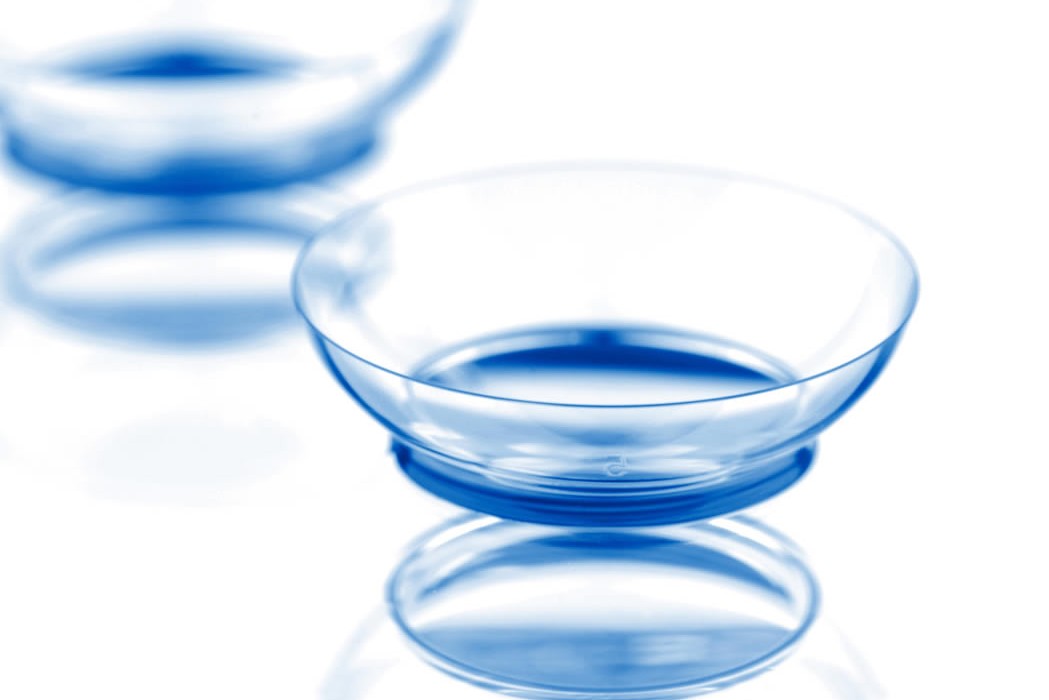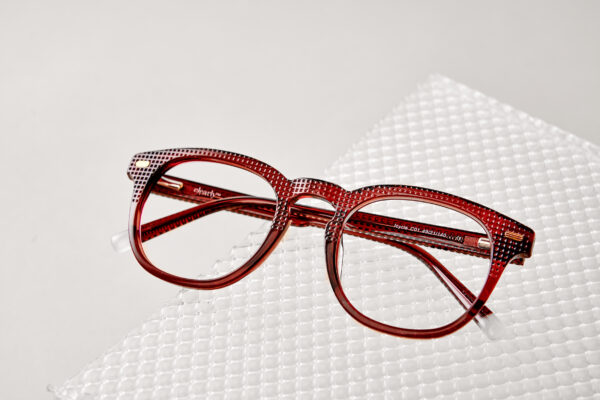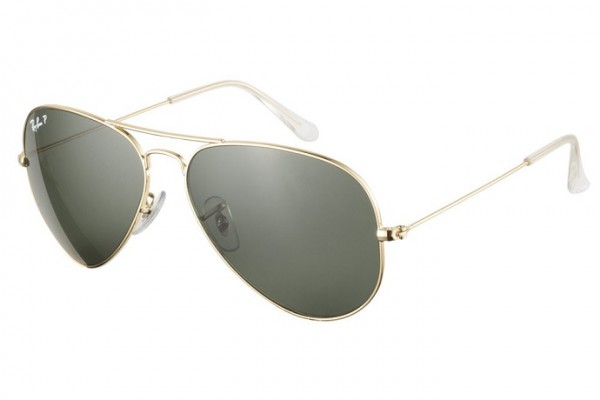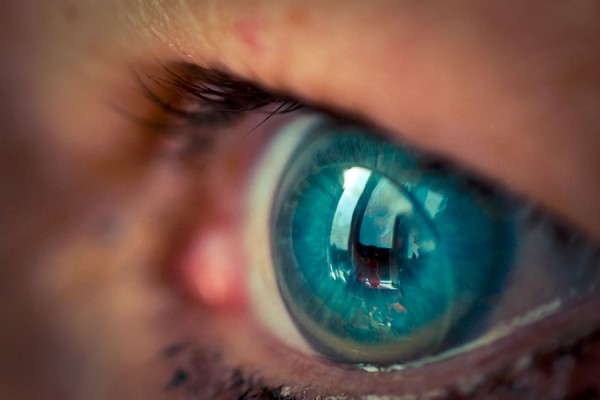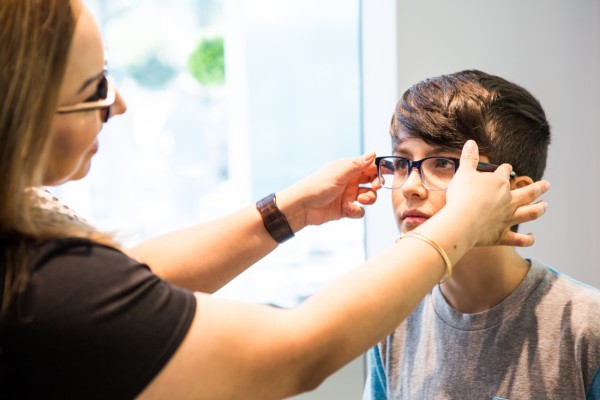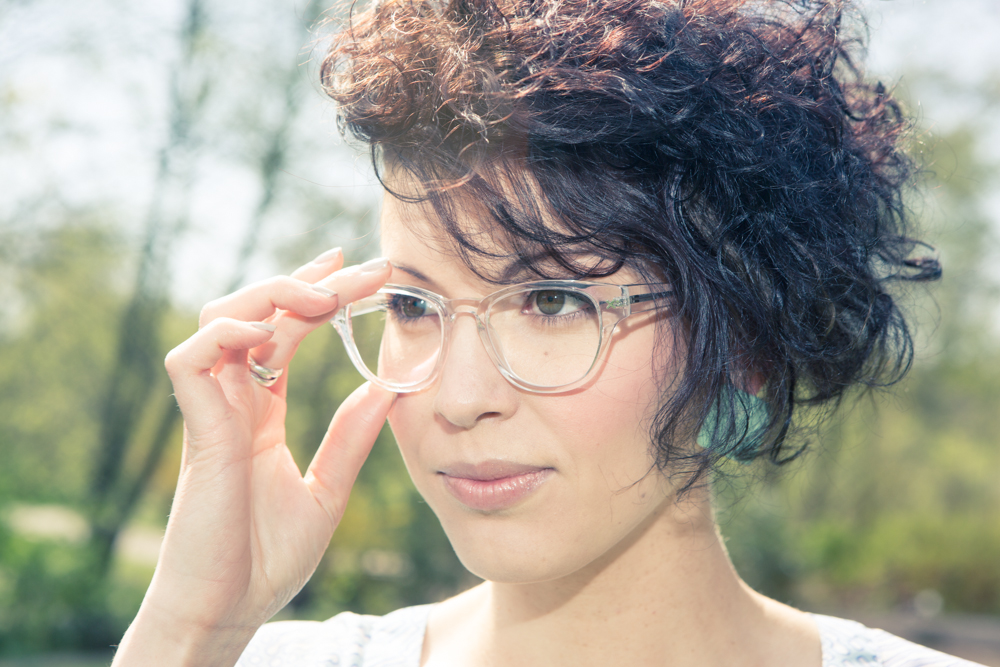Ready to see the world without glasses? It’s time to try contact lenses. These tiny, almost invisible devices can totally change the way you see your surroundings. If you’re new to this, you might wonder which type of contact lenses is right for you.
What are the different types of contact lenses?
Several types of lenses are offered on the market to fit different vision requirements and lifestyles. To help you decide which type of contact lenses may be right for you, we’ve clarified the various types available according to both the type of correction they’ll provide and their manufacturer’s recommended replacement schedule.
Different materials and comfort
First of all, there are two distinct types of contact lenses. While soft lenses are more common, they offer immediate all-day wear and can be worn safely during sports activities—but RGP lenses cannot. However, to choose the appropriate material, curvature and replacement schedule, consult your eye care professional to see which lenses may be right for you.
Soft contact lenses
Soft contacts are the most common type of lenses. These lenses drape gently over the cornea and can be made of various soft plastics. The most modern lenses incorporate silicone hydrogel, a material that allows more oxygen to your cornea. Talk to your eye doctor about silicone hydrogel to find out if this material is right for you.
Hard contact lenses
Hard contacts are less common. They are also known as Rigid Gas Permeable lenses (RGP). RGP lenses can provide better vision for those who have high prescriptions (high myopia or astigmatism), and they last longer than soft contact lenses.
RGP lenses can require days of adaptation, especially for first-time wearers. They also require an in-depth fitting process as the lens specifications must be extremely precise. So precise that each lens is individually made to your specifications. For this reason, they are the only product on our site which is a final sale.
Replacement schedule
Soft lenses are available in a variety of options to reflect different needs and lifestyles. As each contact lens requires a proper replacement schedule and regular maintenance, you may choose between daily, weekly, bi-weekly, monthly and extended wear contacts.
Daily disposable contact lenses
Daily contacts are the healthiest option for your eyes. They provide a fresh lens feel every day without any worry about protein deposits or cleaning regimens. If you want to give them a try, take a look at our 5 reasons for choosing daily disposable contacts. One-day lenses are also a great choice for those who intend on wearing their contact lenses on rare occasions.
Weekly/Bi-weekly contacts
Both weekly and bi-weekly contacts need to be taken out at night for cleaning. While weekly contacts are required to be disposed of once a week from opening, bi-weekly lenses are required to be disposed of two weeks from opening. These lenses provide a comfortable experience with an economic replacement schedule. Take a look at our weekly contact lenses to find out about our offers.
Monthly contacts
Monthly contacts can be worn for up to 30 days. A great way to remember when to change your lens is to pick the same day of the month. These lenses are available from many brands for all types of prescriptions. Some are able to be kept on overnight if your eye care professional says it’s okay.
Extended wear contacts
Extended wear contacts can be worn overnight under the supervision and approval of your eye doctor or contact lens fitter. Depending on the brand, some lenses can be worn up to 30 consecutive nights. Speak to your doctor to determine if your eyes are healthy enough to sleep in your contact lenses, and to get advice on proper hygiene and maintenance of these lenses.
Even though some lenses can be worn for a longer period of time, they are all disposable contact lenses. Your eye doctor will work with you to determine an appropriate replacement schedule. Based on your needs, there are various options to choose, from daily wear to monthly wear.
Prescription options
There’s a type of contact lens for almost any vision needs. According to your eyes’ requirements, you’ll get a specific type of contact lens such as:
Spherical lenses
The most common type of contact lenses designed to correct myopia (nearsightedness) and hyperopia (farsightedness). Also, they are fit for people with little-to-no astigmatism in their prescription. If the “CYL” number in your glasses prescription is 0.75 or less, it is likely that you won’t see a CYL number in your prescription.
Toric lenses
Toric lenses change the power going around the lens to correct astigmatism—this is when your lens and/or cornea is almond-shaped rather than spherical. The corrective power changes as it goes around the lens. These lenses will have a CYL and AXIS value that will likely be different to those found on your glasses prescription. Your eye doctor or contact lens fitter will adjust those values based on how the lens sits naturally on your eye.
Multifocal lenses
Everyone begins to need extra magnification around the age of 40, in order to read and see close objects clearly. Presbyopia happens to everybody as the natural lens in our eye stiffens with age and becomes harder to focus close up. Multifocal contacts allow you to ditch that pair of reading glasses swinging from a chain around your neck or stashed in a breast pocket.
Coloured lenses
To bring some spark in your eyes, you can go for coloured contact lenses. They can be worn simply for cosmetic reasons or for vision correction. Regardless of the correction (or lack of) in the lens, coloured contacts are best prescribed by your eye doctor as they are a medical device sitting on your eye’s delicate structure.
Any contact lens, no matter what the replacement schedule, will be available as toric or multifocal if your vision correction requires it.
In order to buy contact lenses online, you need to know how to read your prescription. There’s one key thing to remember about glasses and contact lens prescriptions: the measurements are different. This is part of the reason why it’s important to consult an eye care professional.
Eye safety first
Your contacts must be chosen with care to make sure they fit your eyes properly. People come in all shapes and sizes—so do your eyes, and they change shape over time. But above all, it’s essential to wear contacts that preserve your eyes’ health.
Contacts must bring optimal oxygen flow and moisture because it’s essential for your cornea (the clear dome on the front of your eye) to breathe and get oxygen from the air around it. Your lenses must not only allow oxygen to pass through the material, but also move just the right amount to keep a microscopic layer of tears flowing under the lens. Those tears help carry oxygen and provide a constant cleaning action around the lens.
Allowing adequate oxygen flow to the eyes ensure you see the world as it should be. Yet, even a modern material can damage your cornea if the fit is not optimal. Ensure that your eye care professional has reviewed the movement of the lens on your eye and verified it is safe to wear.
Take a look at Clearly’s offers to shop your next contact lenses
Now that you’ve learned all about the different types of contact lenses, you can discuss with your eye doctor to see which one would be appropriate for your vision, comfort, and lifestyle.
With Clearly, you can shop online for the type of contacts that most fits your needs, whenever you want. And we offer contacts at affordable prices! Just pick the contact lens brand specified on your prescription and order online.
You are now fully equipped and ready to enjoy the clearest vision and awesome eye comfort with our contact lenses!

